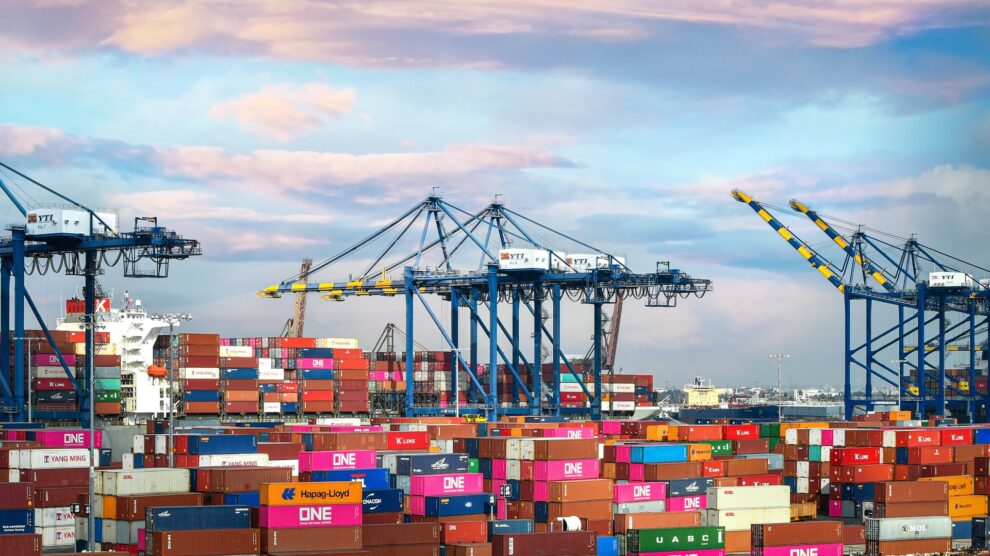There is tons of information available about importing goods from abroad into the U.S. for trade purposes. Companies, individuals, and governments can receive merchandise for processing products to be resold to the end customer. Articles discuss the required documents for customs clearance, particularly those required by the U.S. Customs Border Protection (CBP). However, getting your products or services from supplier to consumer involves intricate logistics.
What Are U.S. Import Logistics?
Import logistics is a complex system of operations that applies to transportation, information, material handling, warehousing, inventory, security packing, and disposal. Logistics ensure the efficient flow and storage of goods from the point of origin to the end target.
Logistics involves merchandise acquisitions from wholesalers or suppliers down to manufacturing, storage, and delivery to consumers. Importers must understand their logistics system to ensure smooth delivery to the customers and keep them returning to maximize profits. A consistent high-standard logistics process may be your competitive advantage by showing customers that you are trustworthy and reliable.
General Import Logistic Procedures
Besides the specifics of correct and timeous filing of import documents and paying the CBP dues, notably the ISF 10+2 and Entry Summary, the following are general logistic procedures and requirements for customs clearance procedures.
Importing Goods Requires Three General Customs Clearance Procedures:
- As a one-time importer, you must undergo a registration process, receive a specific license to import goods and certification from applicable government agencies related to each import.
- After imported cargo arrives at a U.S. seaport or airport, the Carrier unloads it at the customs bonded area. The importer must complete a customs import process at the final port to take the goods out of the customs area.
- The CBP, Carrier, and cargo custodian handling the merchandise must approve cargo clearance from the bonded area.
How to Gain Permission to Take Your Goods
As the importer or your customs broker, you can file the required CBP documents for customs clearance procedures. The Carrier files the IGM (Import General Manifest) with port customs authorities. Before your goods arrive, have all relevant documents in place for the logistics side of clearance. These include the Airway Bill or Bill of Lading, commercial invoice, packing list, Cargo Arrival Notice, Freight certificate, purchase order or L.C. (Letter of Credit), and other documents.
As the importer, ensure required CBP documents are filed for customs clearance procedures. As far as customs, you must file the 7501 to accrue the release of your goods. Other requirements for release are contingent on:
- The importer pays the freight forwarder all freight-related fees towards achieving freight release.
- The importer pays all fees, including storage, to prove to the CFS (Container Freight Station or PORT custodian) that the shipment is released from customs. It is important to provide the trucker with the Delivery Order (D.O.) who will, in turn, show it to the CFS when collecting the shipment.
Of note:
- For shipments stored in a CFS (container freight station/warehouse), the Delivery Order must be presented by the trucker when picking up the shipment on behalf of the importer.
- For shipments stored in a CFS (container freight station/warehouse), the D.O must be presented by the trucker when picking up the shipment on behalf of the importer.
- Upon the arrival of cargo at the port, all Carriers must file an Import General Manifest (IGM) with customs. Typically, each aircraft or vessel has one IGM number, and each consignment carries a ‘line number.’
- Goods may also be subjected to inspection by customs officials. Once cleared, goods may be removed from the bonded area.
- The cargo custodian is responsible for safeguarding and the correct handling of imported cargo. The custodian will release goods to the importer after customs clearance proof, collection of the D.O. from the Carrier, and payment of any dues.
What If I Don’t Meet the Requirements?
The import logistics requirements are lengthier than the above synopsis and should be researched and understood in full. By not filing your goods at the port of entry within 15 calendar days after arrival, customs might place them in a general-order warehouse at your own risk and expense. If you still haven’t entered them within six months, they can be sold at public auction or destroyed. Goods that depreciate, contain explosive substances, or are perishable, may be sold sooner. There are also fines and penalties involved.
eezyimport enables importers to save time and money by using a fluid online platform. DIY importing primarily ensures that you file forms correctly on time, thereby effortlessly clearing imports through customs. The mobile-first platform enables importers to register with the CBP, file the ISF (10+2) form and Entry Summary, request a CBP filer code, and purchase a Customs Bond. All while providing importers with a complete clearance process anytime, anywhere, and empowering them to save valuable time and money on every shipment.





